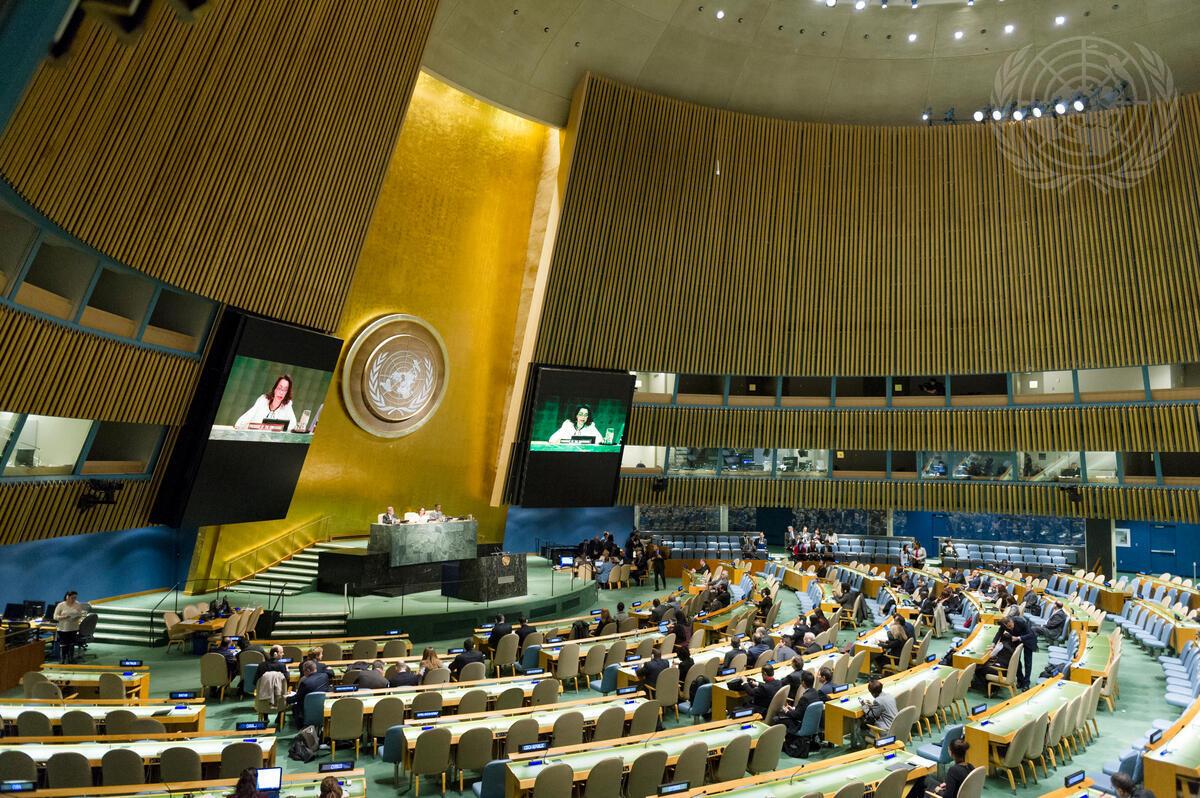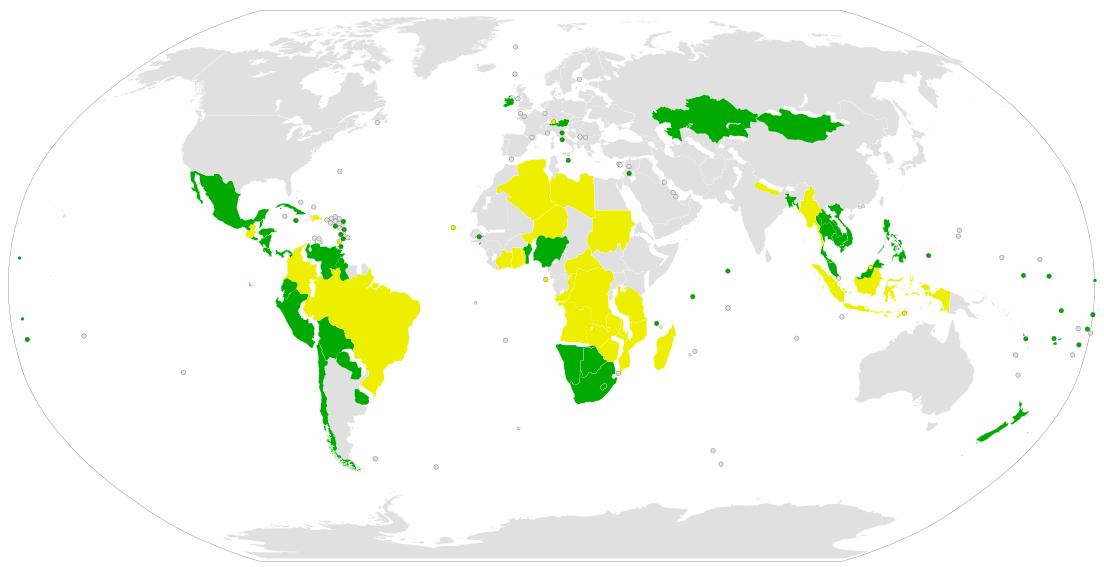The Treaty became international law in January 2021 and is the first to prohibit nuclear weapons. Its final goal is complete nuclear disarmament. The 56 states to have signed the TPNW as of September 2021 cannot develop, deploy, possess or threaten to use nuclear weapons.
Why It Matters
The treaty was adopted under a UN General Assembly mandate in 2016 following conferences on the humanitarian impact of nuclear weapons in Norway, Mexico and Austria. In 2011 the International Red Cross raised its voice to warn there is no international plan, nor the ability, to respond adequately to even limited use of nuclear weapons.
The treaty has run into strong opposition from the nine states possessing nuclear weapons, the five official Nuclear Weapon States (NWS): China, France, Russia, the UK and the US, and the 30 European and Asian states under the US nuclear umbrella.
Criticism has also been raised that the TPNW is incompatible with the Treaty on the Non-Proliferation of Nuclear Weapons (NPT). Although Article VI of the NPT calls on its members, possessors, and non-possessors “to pursue negotiations in good faith on effective measures relating to cessation of the nuclear arms race at an early date and to nuclear disarmament, and on a treaty on general and complete disarmament under strict and effective international control.” Support for the TPNW also reflects frustration with the slow pace meeting Article VI.
Further materials:
https://www.ft.com/content/474334fc-178c-11ea-b869-0971bffac109
https://fas.org/blogs/security/2021/01/treaty-on-the-prohibition-of-nuclear-weapons/






